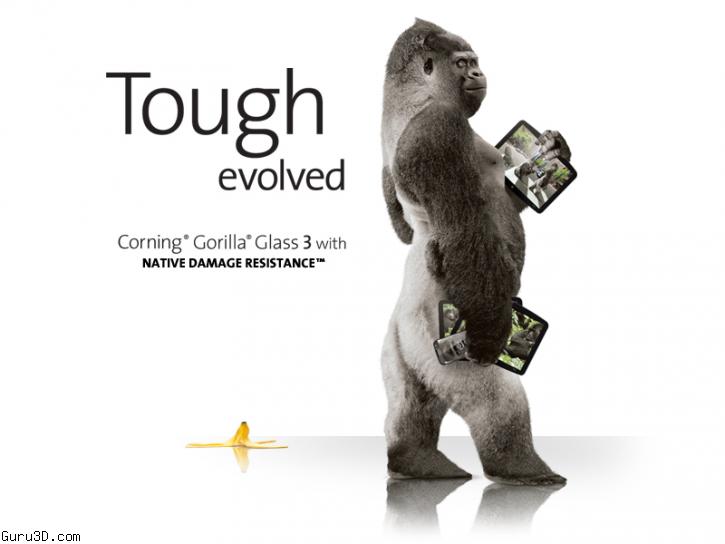The strong glass that is used in 1.5 billion consumer electronic devices worldwide could soon help make more fuel-efficient, quieter cars. Corning’s durable Gorilla Glass is used in the displays of iPhones and other mobile devices; it can be found in 1.5 billion electronic devices today. But the next market for the lightweight material might be literally larger: replacing some of the standard glass used on the windows of automobiles.
Today, most carmakers are looking for ways to make lighter vehicles and improve fuel economy. Using Gorilla Glass would help reduce a vehicle’s weight and lower its center of mass, boosting fuel economy by up to a few percentage points depending on how much of the glass is used, according to Corning senior vice president Jeffrey Evenson, who was speaking after MIT Technology Review’s Mobile Summit in San Francisco today. Cars that use the material will also be quieter inside, he said. He expects at least one high-end auto maker to start selling cars that use some Gorilla Glass within the next year.
Automobiles might be a new application for an existing material, but Corning is also working on the next generation of its display materials for other markets. For example, Evenson said he hopes that Corning’s development-stage “antimicrobial” glass will be certified by the U.S. Environmental Protection Agency within the next few months. The material would initially be used in the health-care industry to keep device interactions more sanitary, but smartphones are also a possibility. “The bacteria are obliterated,” he says. “The number of germs on a smartphone exceeds the number of germs on a public toilet. We think there might be a bigger market.”
The most anticipated product on the horizon for Corning, however, is Willow Glass, a material that is flexible like plastic and as thin as a dollar bill but has the durability and stability of glass (see “Glass Manufacturing That Bends the Rules”). Evenson believes that Willow Glass could spur the creation of “hundreds of new products,” ranging from flexible displays that conform to the human body to new insulating layers in semiconductors that will help sustain the continued progress of Moore’s Law.
Gorilla Glass Soon to be used in cars



